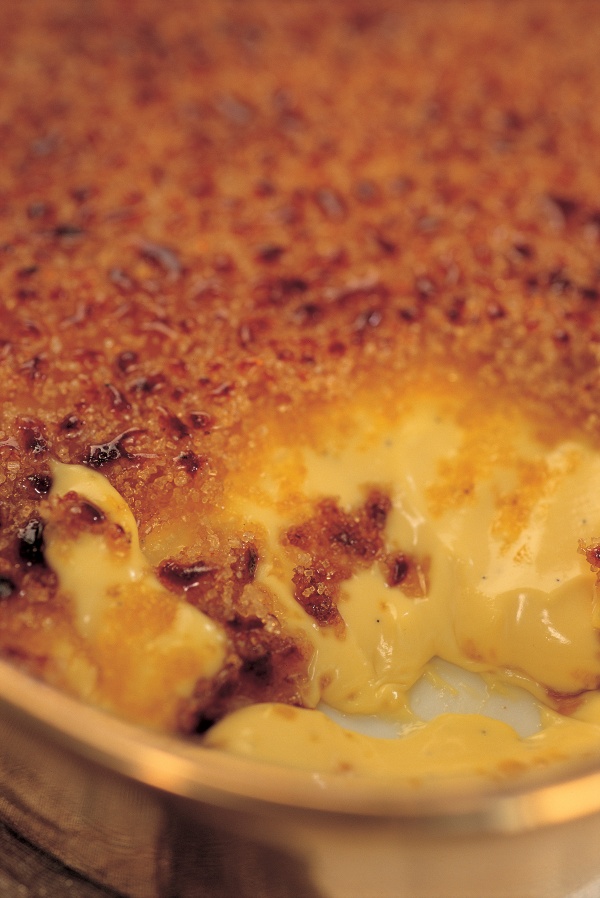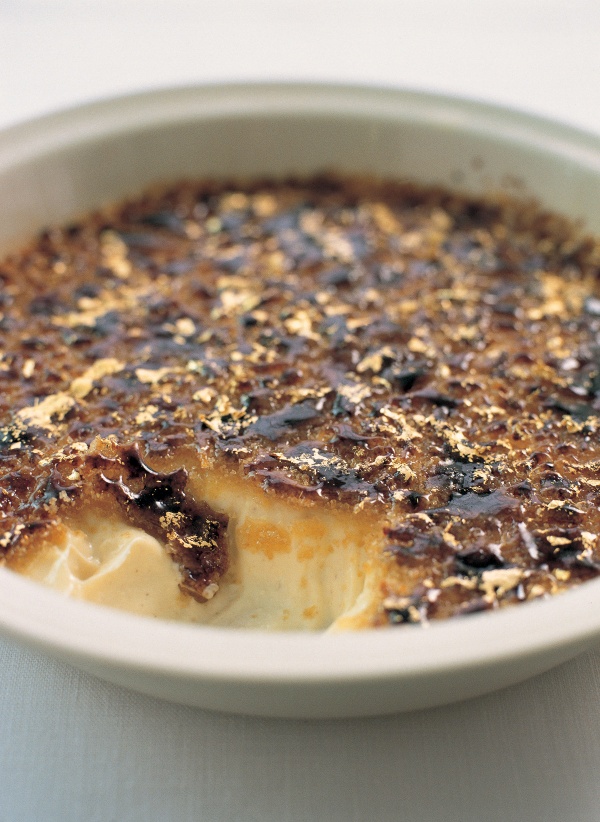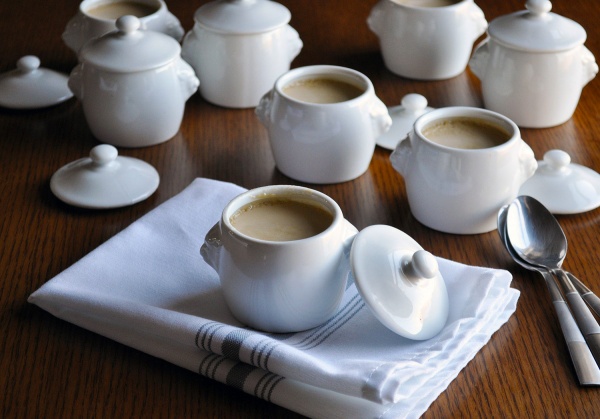Cooking Creme Brulee Custard
Asked by trishlikestocook. Answered on 11th March 2014
Full question
Help! I made Nigella's Creme Brulee and instead of the sumptous picture of a smooth, rich custard, I made something that looked more like clotted cream and seemed gritty. It tasted lovely, but where did I go wrong? Any advice please?
I made the Creme Brulee using a large saucepan as Nigella said it was less likely to curdle this way. But it is taking forever - already thirty minutes and the custard has not thickened! Roseann.
Our answer
Nigella's version of Creme Brulee (from Nigella Bites) cooks the custard base for the creme brulee in a saucepan. This method can help to make sure that the custard is cooked to the correct consistency and not over- or under-cooked. You do need to watch and stir the custard constantly while it is cooking and also have a sinkful of cold water ready so that you can dip the base of the saucepan in the cold water to quickly stop the custard cooking.
If your custard feels a little gritty and is very solid then it is likely that the custard just cooked for slightly too long. The "gritty" texture will be very small pieces of egg protien that have hardened in the custard. If the custard is still very runny after a long period then you may want to turn the heat up very slightly.
The custard is cooked once it coats the back of the spoon and if you draw your finger through the layer of custard on the spoon then the mixture does not flow back immediately but you can see the line drawn in the custard for 2 to 3 seconds. If you prefer to use a digital or instant-read thermometer then the custard will be cooked at between 75c (167F) and 79c (174F). As soon as the custard has cooked then you should dip the base of the pan into the sink of cold water and stir for a couple of minutes so that the custard does not continue to cook in the residual heat of the saucepan.






Tell us what you think
Thank you {% member.data['first-name'] %}.
Explore more questionsYour comment has been submitted.